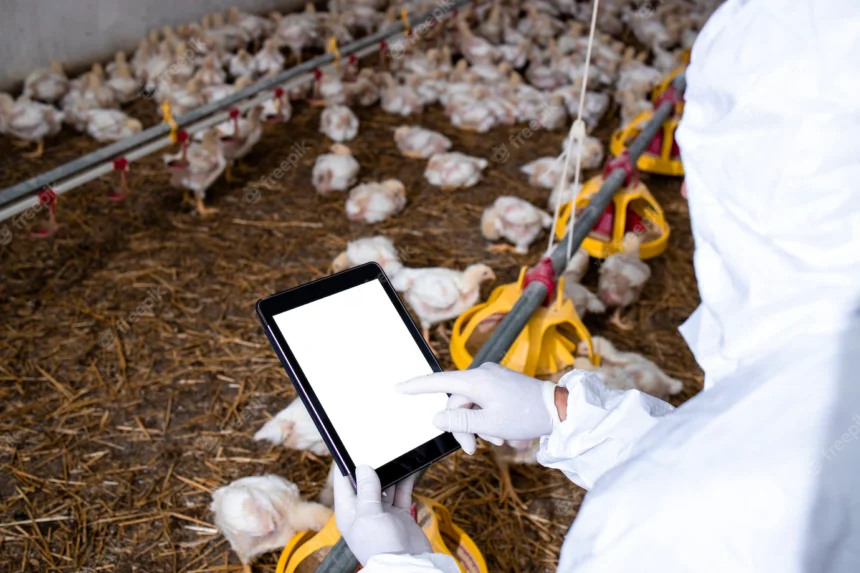Enhancing reproductive efficiency in livestock is crucial for improving productivity and profitability in the agricultural industry. There are various breeding and reproduction strategies that can be employed to achieve this goal. Here are some key strategies:
- Selective Breeding: Selective breeding involves choosing animals with desirable traits for mating, aiming to pass on those traits to the next generation. Traits such as fertility, disease resistance, growth rate, and milk production can be targeted. By carefully selecting superior individuals as parents, genetic progress can be made over successive generations.
- Artificial Insemination (AI): AI involves the collection of semen from a male animal with desirable traits and introducing it into the reproductive tract of a female animal. AI allows for the use of superior sires without requiring physical contact between the male and female. It enables the rapid dissemination of genetic material and helps overcome limitations posed by distance and logistics.
- Embryo Transfer (ET): ET involves the collection of embryos from a genetically superior female (donor) and transferring them into the reproductive tracts of recipient females. This technique allows for the production of multiple offspring from a single female, thus increasing the reproductive efficiency of valuable genetics.
- In Vitro Fertilization (IVF): IVF is a technique where eggs are collected from a female and fertilized with sperm in a laboratory. The resulting embryos are then transferred into recipient females. IVF allows for the production of offspring from females that are unable to conceive naturally or have valuable genetic traits.
- Hormonal Manipulation: Hormonal manipulation techniques can be used to control the estrus cycle and induce ovulation in females, thereby synchronizing breeding. This allows for more efficient use of AI or ET, as multiple females can be bred at the same time. Hormonal treatments can also be used to enhance fertility in males.
- Genetic Testing: Genetic testing can provide valuable information about an animal’s genetic makeup, allowing for the identification of specific traits or genetic disorders. This information can be used to make informed breeding decisions, select animals with superior genetic potential, and avoid undesirable traits or hereditary diseases.
- Nutritional Management: Proper nutrition plays a vital role in reproductive efficiency. Animals should receive a balanced diet that meets their nutritional requirements for optimal reproductive performance. Nutritional deficiencies or excesses can negatively impact fertility, conception rates, and overall reproductive health.
- Health Management: Maintaining a high level of animal health is essential for reproductive success. Vaccination programs, regular health checks, and appropriate disease prevention measures should be implemented. Addressing reproductive diseases, parasites, and infections promptly can help improve reproductive efficiency.
- Record Keeping and Data Analysis: Keeping detailed records of reproductive performance allows for the identification of trends, evaluation of breeding strategies, and assessment of reproductive efficiency. Analyzing data on conception rates, calving/lambing intervals, and other reproductive parameters can provide valuable insights for making informed decisions.
- Research and Technological Advancements: Staying updated with the latest research and technological advancements in the field of reproductive biology and genetics is crucial. New techniques, such as gene editing and genomic selection, continue to emerge and can further enhance reproductive efficiency in livestock breeding.
It is important to note that the implementation of these strategies should be tailored to specific livestock species, breeds, and production systems. Consulting with veterinarians, reproductive specialists, and animal scientists can provide further guidance on the most suitable strategies for enhancing reproductive efficiency in a particular context.
Join 'Farmers Mag' WhatsApp Channel
Get the latest Farming news and tips delivered straight to your WhatsApp
CLICK HERE TO JOIN






